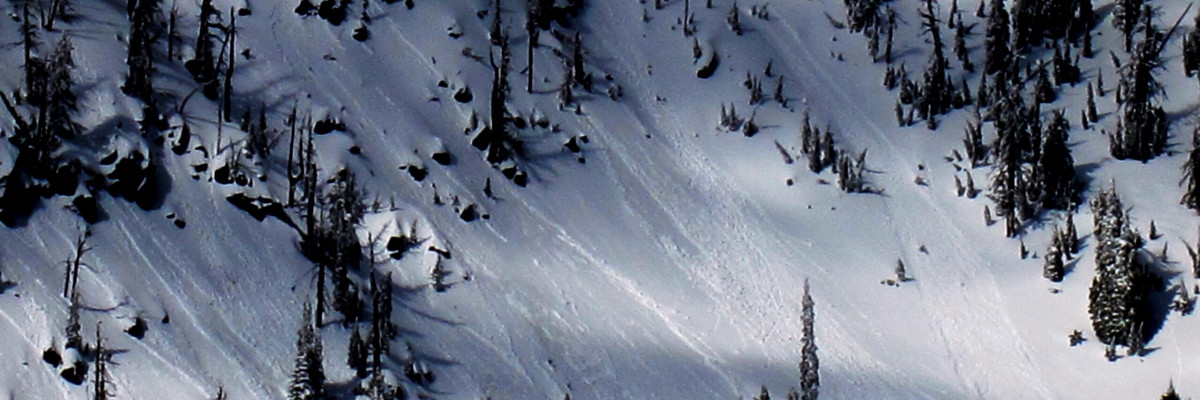Above normal temperatures will increase the avalanche danger this weekend.
At 5 am mountain temperatures are in the 40’s with 14 mph SW winds gusting to 25 mph at Point Six and SW winds at 9 gusts to 14 at Deer Point near Darby, MT. Mountain temperatures have remained above freezing for about 4 days now.
Good morning, this is Steve Karkanen with late season avalanche information from the West Central Montana Avalanche Center.
Springtime Snow Safety Considerations
Wet, loose snow avalanches can entrain enough snow to cause step down slab avalanches that tend to be more destructive and not survivable. Even small wet snow avalanches can be deadly. Skiers and snowmobilers have died in wet snow avalanches in western MT after getting caught in relatively shallow wet snow avalanches.
Wet slab avalanches are a troublesome beast so when mountain temperatures remain above freezing for a night or two, don’t trust anything steep and loaded.
Cornices are not only scaring looking, they also fail easily all by themselves when it warms up. A large cornice dropping onto a big slope can trigger large slab avalanches, wet or dry, this time of year. Steer clear of them, they have a nasty reputation for breaking further back than expected when they get this big.
Assess how well new storm snow bonds to the old snow surface. Many natural avalanches were observed after the last snowfall as soon as the sun hit the slope. Fresh wind slabs can be very sensitive during and for a few days after a storm.
Overall stability conditions are easily monitored by paying attention to the aspect and air temperature. Move to more shaded northerly terrain as the temperature warms above freezing. Avoid being on or under open steep terrain when you see pinwheels or small point release avalanches peeling off steeper terrain. When you start punching through to your boot tops move to cooler/shaded areas where the snow is more stable.
When the ski areas are closed, the in-bounds terrain is backcountry terrain and you must plan accordingly. If you are unsure about a resort’s uphill policy, or where to access public land from a resort, the time-honored Montana tradition is to ask the landowner.
We will continue to post public observations as we receive them and will post updated information if conditions change dramatically.
This will be our last information statement for this season but we will continue to monitor and post any public observations as we receive them. If you get out and see something worth passing along, please send us an email or use the form available on our website at missoulaavalanche.org. The information provided might keep someone out of trouble.
Thanks for another great season and for all the support this year! We couldn’t do it without your financial help and it is deeply appreciated. A special thank you goes out to the dedicated board members of the West Central Montana Avalanche Foundation, our non-profit support organization.
























